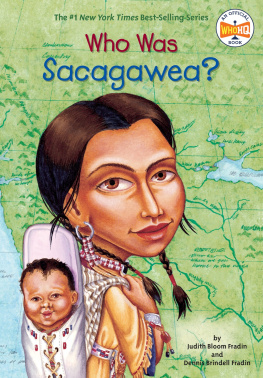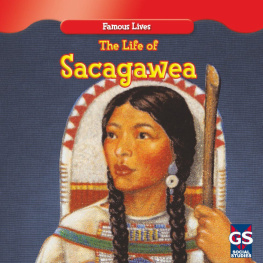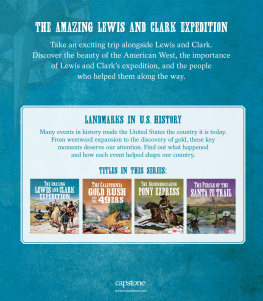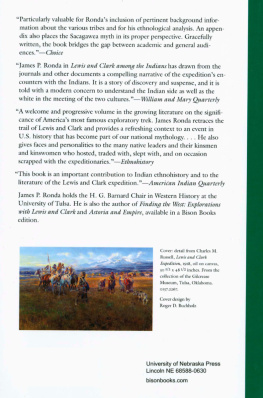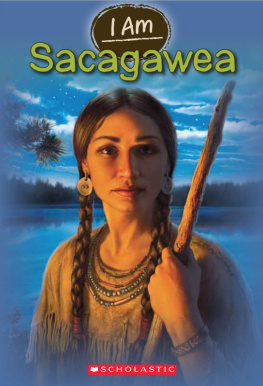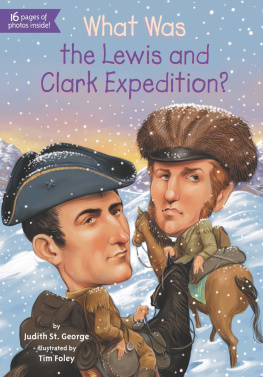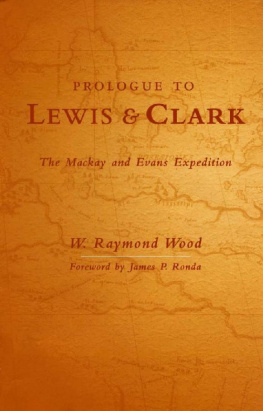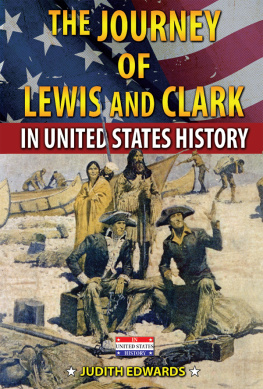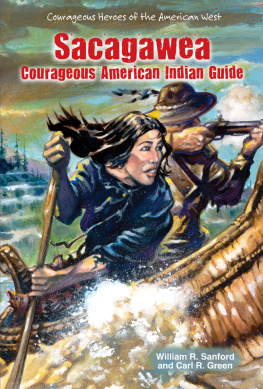For our dear nieces:
Rebecca Fradin Polster, Arielle Joy Polster, and Leslie Sharf PolsterJBF and DF
To Grandma Gwen, to my mother Charol and to VernVPT
For their help, the authors thank:
Sally Freeman, Jill Harding and Curt Johnson
PENGUIN WORKSHOP
Penguin Young Readers Group
An Imprint of Penguin Random House LLC

Penguin supports copyright. Copyright fuels creativity, encourages diverse voices, promotes free speech, and creates a vibrant culture. Thank you for buying an authorized edition of this book and for complying with copyright laws by not reproducing, scanning, or distributing any part of it in any form without permission. You are supporting writers and allowing Penguin to continue to publish books for every reader.
The publisher does not have any control over and does not assume any responsibility for author or third-party websites or their content. Text copyright 2002 by Dennis Brindell Fradin and Judith Bloom Fradin. Illustrations copyright 2002 by Val Paul Taylor. Cover illustration copyright 2002 by Penguin Random House LLC. All rights reserved. Published by Penguin Workshop, an imprint of Penguin Random House LLC, 345 Hudson Street, New York, New York 10014. PENGUIN and PENGUIN WORKSHOP are trademarks of Penguin Books Ltd. WHO HQ & Design is a registered trademark of Penguin Random House LLC. Printed in the USA.
Library of Congress Control Number: 2002511789
Ebook ISBN 9781101640098
Version_2
Who Was
Sacagawea?
In the year 2000, the United States issued a new dollar coin. Its heads side shows an American-Indian woman. She is carrying her baby.

Who is this young mother? Her name was Sacagawea (Sa KA ga WE a). Two hundred years ago, she went with the Lewis and Clark expedition. The explorers traveled across the American Northwest. When the explorers were hungry, she found food. When they met Indians along the way, she acted as translator. Thanks to Sacagaweas help, the expedition was a success.
The Lewis and Clark expedition changed American history. It helped the United States settle a huge region. This area included what became the states of Idaho, Washington, and Oregon.

Sacagawea was only 16 years old when she crossed America with her baby on her back. This is her true story.

Chapter 1
A Shoshone Girl
Sacagawea was born in what is now Idaho, in 1789 or 1790. She was a Shoshone (Sho SHO nee) Indian. Her tribe lived along the Bitterroot Range of the Rocky Mountains. They often camped near the Snake River, so they were also called the Snake Indians.
As a child, she had many different names. This was common for young Indians. In time, she became known as Sacagawea. Sakaga means bird, and wea means woman, so her name means Bird Woman. She may have been called Bird Woman because she was small and moved quickly like a bird.
Sacagawea had an older brother named Cameahwait (Ka ME ah wait). She also had another brother and a sister. Her family lived in a tent called a tipi. The Shoshone were peaceful wanderers.



Between May and September the Shoshone camped along streams. There they fished for salmon and trout. In the fall, they packed their tipis onto horses. They then headed east to the plains of present-day Montana. There the men hunted buffalo, riding on horseback and using bows and arrows.




The weather was often very cold. So Shoshone men, women, and children needed lots of warm clothing. Sacagawea wore a dress and leggings that were made of deer skins. Over these went a knee-length robe made from buffalo hides. The robe became her blanket at night.
Her warm winter shoes were made from buffalo hide with the woolly hair on the inside. Her clothes were decorated with beads and porcupine quills.
BUFFALO HUNTING
The American bison is also called the American buffalo. A large male bison is about the size of a small minivan. At the time of the Lewis and Clark Expedition, more than 50,000,000 bison roamed the Great Plains. The Shoshone and the other Plains Indians depended on them for food, warm clothing, and shelter. Their tipis were made from buffalo hides.

Whites began to settle on the Great Plains shortly after the expedition. The United States government tried to force the Indian tribes to live on the reservationssmaller pieces of land.
In the late 1800s, white buffalo hunters killed all but 550 American bison. Having lost their food and shelter, the Indians moved to the reservations.
During the mid-1900s, some bison were returned to the prairies. Today 150,000 bison live on ranches and in national parks in the United States and Canada.

The Shoshone did not have schools. Sacagawea learned by working beside the women of her tribe. She collected wood for fires. She helped make moccasins, clothing, and tipis. She picked berries and dug roots for her family to eat. She learned to make medicines from plants.
The village elders taught Sacagawea the beliefs of her people. She heard how the Creator made the world and Coyote made human beings.

She was warned about the Little People, who shot invisible arrows. For fun, she ran races and juggled mud balls with her friends.
Like all Shoshone girls, Sacagawea was promised to an older man. She would become his wife when she turned 13 or 14. But in 1800, her life changed forever.

